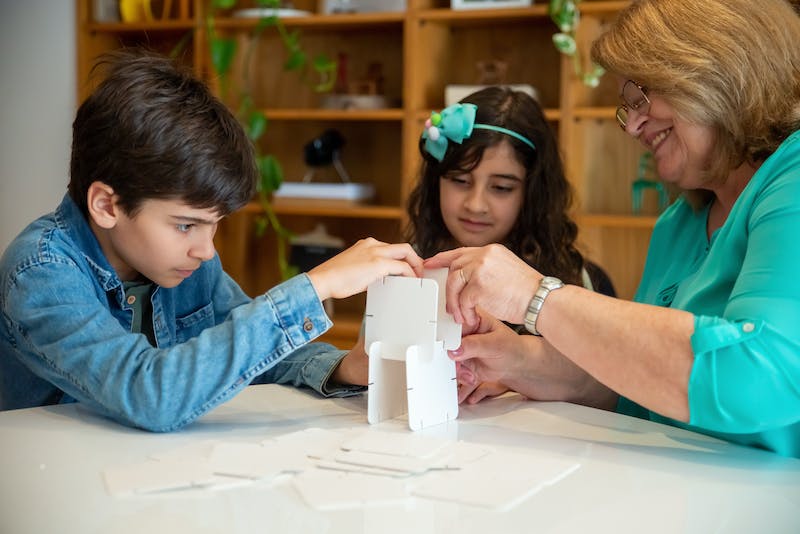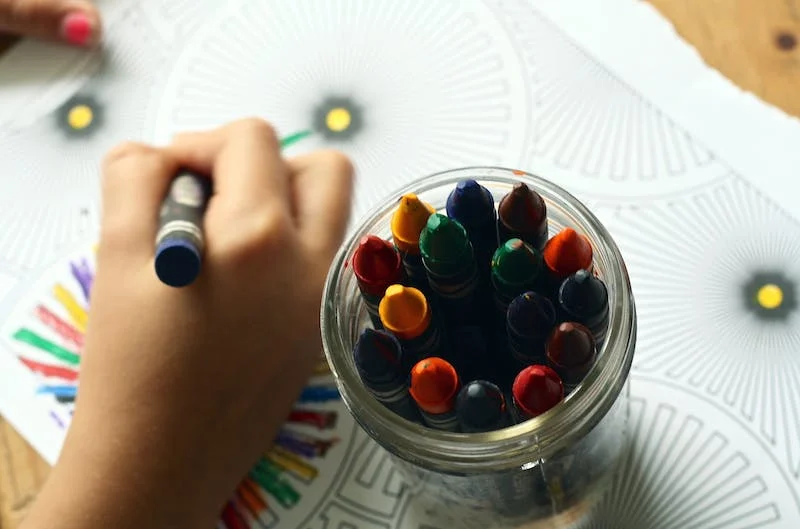How do you teach a teen mindfulness? Being a teenager can be incredibly challenging, especially with increasing academic obligations, maintaining friendship groups, and the constant pressures of social media. It makes sense that many teenagers frequently fail to focus on the present and set aside time to look after their mental health.
It has never been more crucial for kids to begin practicing mindfulness because research shows that those who do so consistently experience fewer levels of anxiety and depression, better sleep, stronger relationships, and decreased stress. Here are our picks for the best mindfulness exercises for teens.
Giving your entire attention to the current moment without passing judgment is referred to as mindfulness. Exercise, drawing, coloring, and fishing are just a few of the many hobbies that can be done consciously. Additionally, there are particular mindfulness exercises and methods that are appropriate for teenagers, such as timed breathing, balancing, and medical exams.
How Does Mindfulness Work?
Paying your full attention to the current moment (rather than the past or the future) without passing judgment is a deliberate act of mindfulness. Because we frequently criticize our ideas, having a nonjudgmental attitude is essential. Merely becoming aware of our thoughts can result in significant change. Children and teenagers can benefit greatly from mindfulness as a growth tool and coping mechanism.
Benefits of mindfulness practice for teens
By increasing one’s awareness of one’s thoughts and emotions, mindfulness might help people make better decisions. Observing the present without passing judgment is a key component of mindfulness; becoming able to meet oneself without passing judgment can foster compassion and kindness.
Concentration might be challenging in today’s environment of ever-changing media. Many mindfulness exercises promote continued concentration, which can help with the development of this ability. According to research, kids who practice mindfulness benefit from the following:
- Boosts optimism
- Enhances social interactions
- Attention is improved, self-control is strengthened, bullying is decreased, and teen stressors and anxiety are reduced.
- Increases self-compassion Increases ability to control emotions
- enhances student conduct
How to maintain a practice of mindfulness
Daily mindfulness training is key to its effectiveness. It can occasionally seem like a lot of work to commit to a new habit. To do this, you might need to determine the kind of mindfulness that appeals to you and consider how to make it sustainable for you.
For someone new to mindfulness, this might entail trying out various strategies. You can practice mindfulness regularly if it resonates with your requirements. It’s acceptable to start being aware by experimenting with different methods to find which ones work. Distinct hobbies could also have different advantages; some might promote alertness while others would promote relaxation. Teens can practice physical, mental, emotional, or spiritual mindfulness.
Meditation
Teens can benefit greatly from guided meditation, which has several advantages. In addition to enhancing attention and concentration, which is beneficial for studying, It is also said to improve memory, self-esteem, and immune system balance. It can also lower heart rate and excessive blood pressure. There are several guided meditation applications or videos available for kids to enjoy, even though meditation can initially appear frightening. It’s more enjoyable and stress-free if someone walks them through what to do.
1. Keep a diary

You may already be aware that keeping a diary is a great way to practice mindfulness for people of all ages, but especially for teenagers. Teenagers can write down their anxieties, emotions, ambitions, ideas, and recollections in a journal without fear of criticism from others. It can aid in mental clarity, stress reduction, the processing of challenging emotions, and the development of self-awareness. It’s a great way to unwind and practice gratitude.
2. Get to it!

When it comes to mindfulness and taking time for mental wellness, exercising or routinely moving the body is an excellent exercise. Even better, teens can choose from a wide variety of enjoyable forms of exercise depending on their tastes. Here are some of our favorite activities for teens of all skill levels. Going for a walk outside can be soothing.
3. Puzzles

Puzzles are a wonderful way to relax, which is ideal for teaching teenagers to take their time and enjoy a more involved assignment. Whether it’s a word search, sudoku, crossword, brain teaser, or jigsaw, it will undoubtedly test their cognitive abilities while still being calming.
4. Digital detox

A technological detox is one of the most advantageous mindfulness exercises kids can do. It will truly have a significant impact on their mental health and welfare, whether it is every Saturday, for a few hours, or only 20 minutes a day. Kids who use technology constantly are more likely to experience stress, which is why taking a break is so crucial.
5. Play good music

Give your favorite music your undivided attention. You may listen to everything while they are blindfolded. Try to pay attention to how the music affects your emotions as well.
6. Eating mindfully

Try carefully eating a serving of fruit or a bite of chocolate for a quick meditation exercise. Start with a clementine, observe the fruit’s color and texture, then peel it slowly. Examine the sensation of eating it slowly after taking a bite. Create a reward for the habit: By coming up with a reward, you can help the habit stick. You need a motivational reward, so consider using a habit-tracking app where you can mark off your accomplishments. Perhaps you might reward yourself with a Starbucks beverage each time you finish your mindfulness practice.
7. Coloring

Coloring is a simple mindfulness exercise. A touch of imagination and playfulness can be added to mindfulness through coloring. Give the colors your complete concentration to make this a thoughtful exercise. Bring the thoughts back when it drifts in a gentle, judgment-free manner.
8. Deep Inhalation

Breathwork is a traditional mindfulness practice that primarily involves controlling the breath while paying attention to it consciously. The type of breathing that is being discussed here is slow, deep breaths that activate the diaphragm. Your body is prompted to relax as a result.
Final Reflections
Teenagers who struggle to cope with their feelings and the demanding, unpredictable nature of their life can benefit greatly from engaging in mindful activities. Fortunately, there are various mindfulness techniques available, making it possible for everyone to choose one that works for them.
